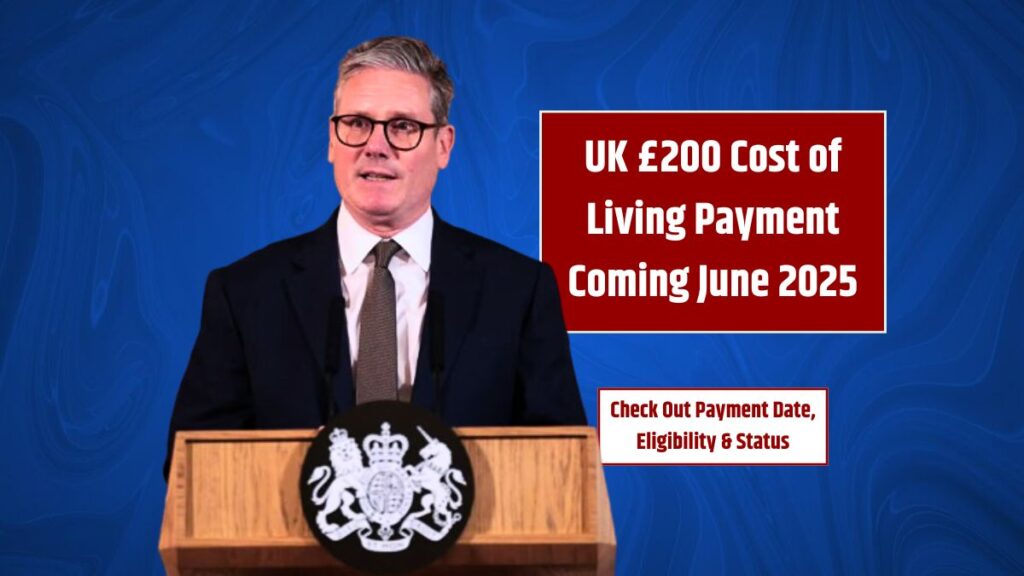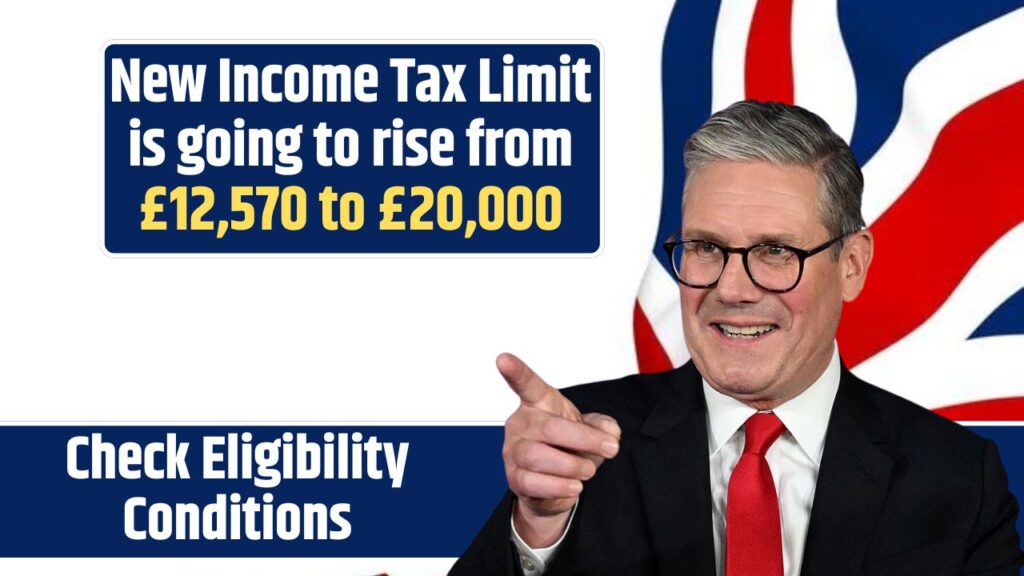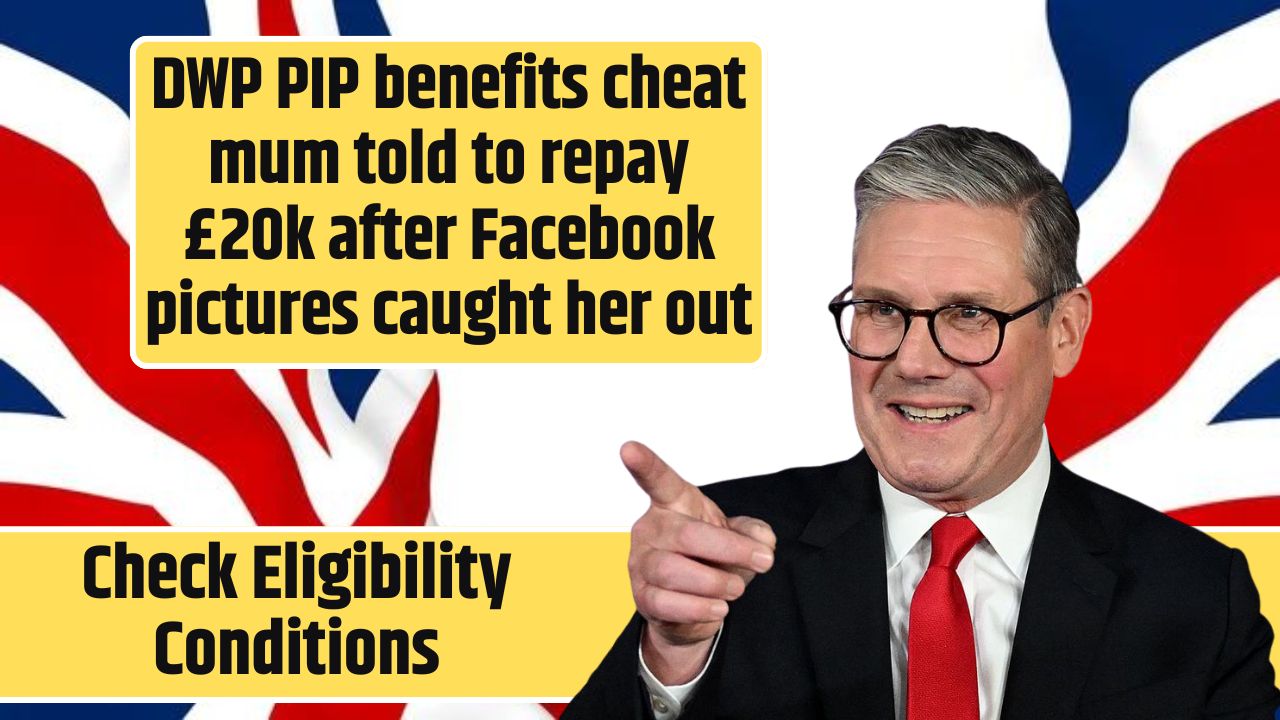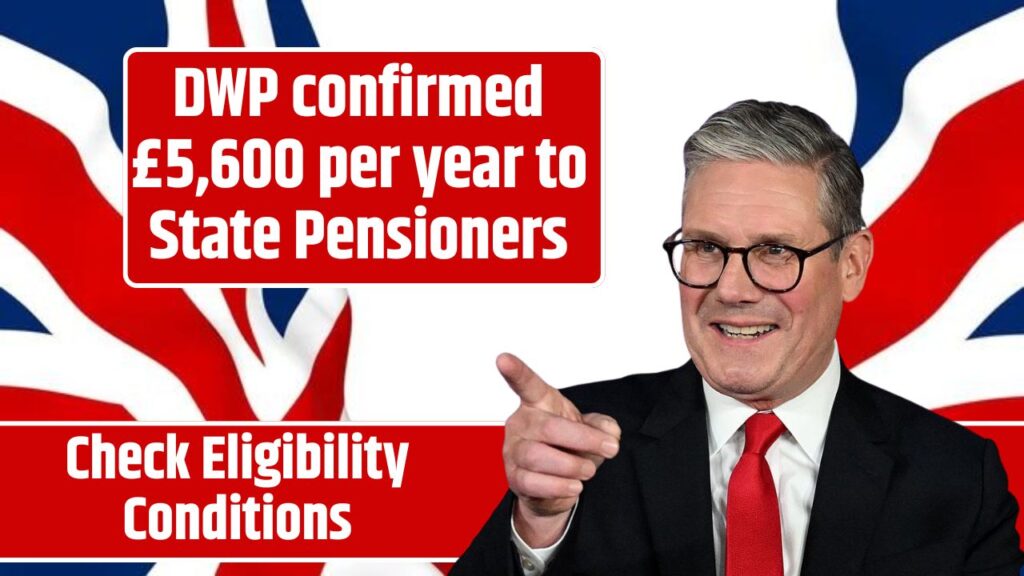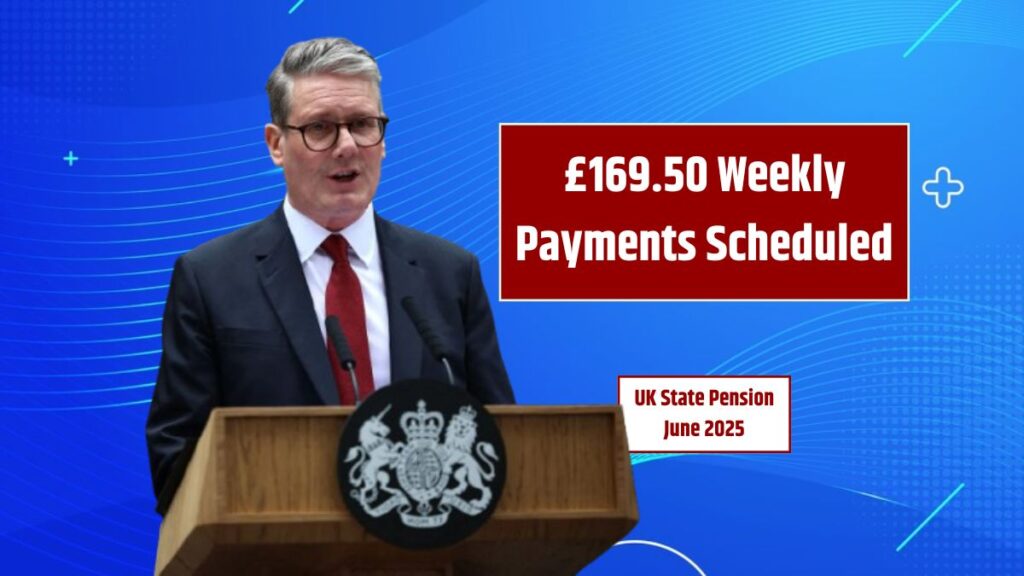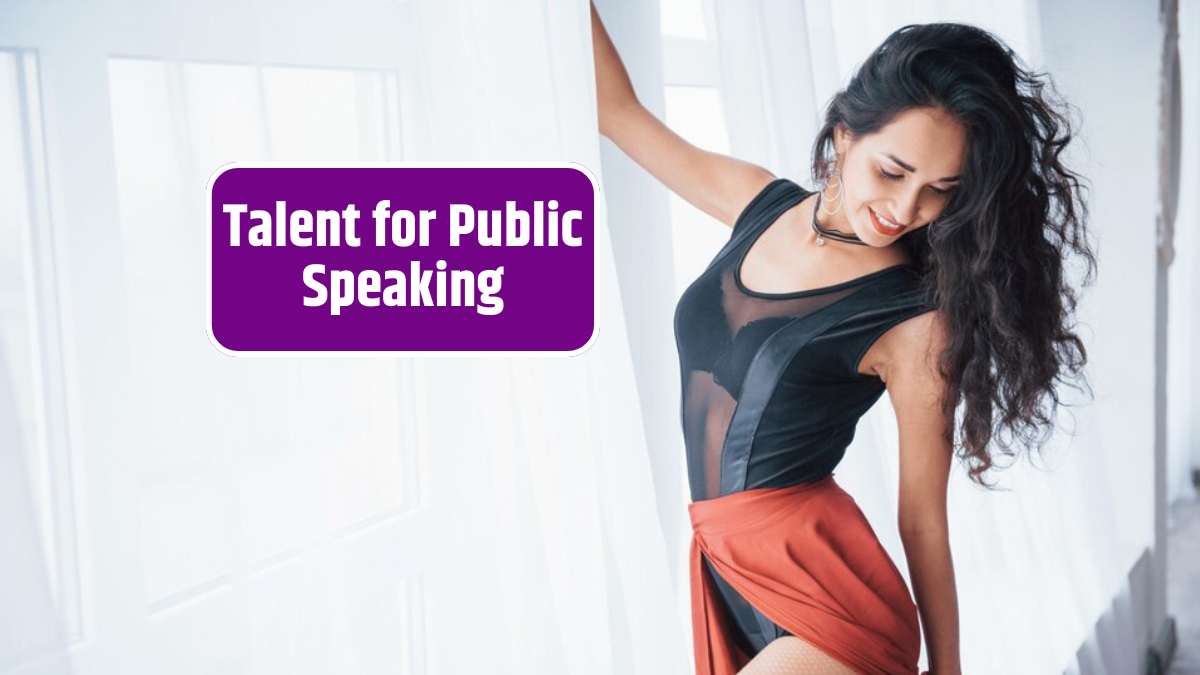Are rising living costs tightening your budget? You’re not alone—many South Africans are scrambling to find ways to cut monthly expenses. If you own a home, your bond repayment might hold the key.
Thanks to the 2025 Mortgage Reduction Scheme, eligible homeowners could shave off up to R1400 from their monthly repayments. Sound too good to be true? Let’s break down how it works, who qualifies, and how you can apply.
Scheme
The 2025 Mortgage Reduction Scheme is a government-backed initiative aimed at making homeownership more affordable during tough economic times. With inflation and rising interest rates eating into household income, this program provides real, practical relief by:
- Lowering your bond’s interest rate
- Waiving admin or processing fees
- Offering bonus cashbacks or discounts
- Maintaining your current loan term (in most cases)
And the best part? It’s designed for working-class and middle-income homeowners who need help the most.
Qualify
So, who actually gets access to these benefits? Here’s a look at the general requirements most lenders will expect:
- Bond value between R350,000 and R1.5 million
- First-time buyer (bought property after 2018)
- Monthly household income under R25,000
- 12-month clean repayment history
- No bond restructuring or refinancing in the past 18 months
- Participation in FLISP or other government housing programs
- Interest rate above the current prime lending rate
Here’s how the banks stack up:
| Provider | Income Limit | Property Value | Rate Drop | Fees Waived | Bonus Benefit |
|---|---|---|---|---|---|
| ABSA | R23,000 | R400K – R1.2M | Up to -1.5% | Yes | R750 bonus |
| FNB | R25,000 | R350K – R1.5M | Up to -2.0% | Yes | R1000 cashback |
| Nedbank | R22,500 | R450K – R1.3M | Up to -1.7% | Yes | None |
| Standard Bank | R24,000 | R400K – R1.4M | Up to -1.8% | Yes | R500 discount |
| SA Home Loans | R21,000 | R300K – R1.2M | Up to -1.9% | Yes | R1200 voucher |
| Capitec (via SAHL) | R20,000 | R350K – R1.1M | Up to -1.6% | Yes | Free assessment |
| FLISP (Gov.) | R15,000 | R250K – R950K | Subsidy-based | Yes | Fast-track access |
Savings
What’s the actual bottom line? Take a look at these sample figures to see what you might save each month:
| Loan Amount | Original Rate | Adjusted Rate | Old Installment | New Installment | Monthly Savings |
|---|---|---|---|---|---|
| R500,000 | 11.75% | 9.50% | R5,534 | R4,732 | R802 |
| R750,000 | 12.00% | 9.25% | R8,916 | R7,610 | R1,306 |
| R1,000,000 | 11.50% | 9.00% | R11,637 | R10,123 | R1,514 |
| R1,250,000 | 12.25% | 9.50% | R14,558 | R12,563 | R1,995 |
| R1,500,000 | 12.50% | 9.25% | R17,388 | R15,028 | R2,360 |
All figures are based on a standard 20-year home loan. Individual results may vary.
Apply
Applying is pretty straightforward. Here’s what to do:
- Visit your bank’s mortgage portal or nearest branch
- Submit a 2025 Mortgage Relief Adjustment request
- Upload documents like your ID, bond statements, and payslips
- Undergo a credit and affordability check
- Wait for confirmation (within 14 working days)
Some banks even offer online tools to pre-check if you qualify—super handy!
Documents
You’ll need:
- SA ID or Smart ID Card
- Latest 3 months’ payslips
- Latest 6 months’ bond statement
- Proof of residence
- SARS tax number
- FLISP certificate (if applicable)
Keep everything up to date to speed up the process.
Risks
Like with any financial offer, there are a few things to watch out for:
- Not everyone qualifies—clean repayment history is essential
- Your interest drop could extend your term slightly
- Future refinancing options may be limited under the scheme
- Limited slots—some banks use a first-come, first-served model
Bottom line? It’s a solid option if you meet the criteria, but check all the fine print and run the numbers before applying. This scheme could be the lifeline your wallet’s been waiting for—so don’t miss out.
FAQs
Who qualifies for the mortgage reduction?
Homeowners with clean repayment history and income under R25,000.
How much can I save monthly?
You could save up to R1400 or more depending on your bond.
Which banks are offering this?
Major banks like ABSA, FNB, Nedbank, and SA Home Loans.
Does this affect my loan term?
In some cases, yes, but the changes are usually minimal.
Is FLISP needed to qualify?
Not always, but it helps if you’re part of the FLISP program.





